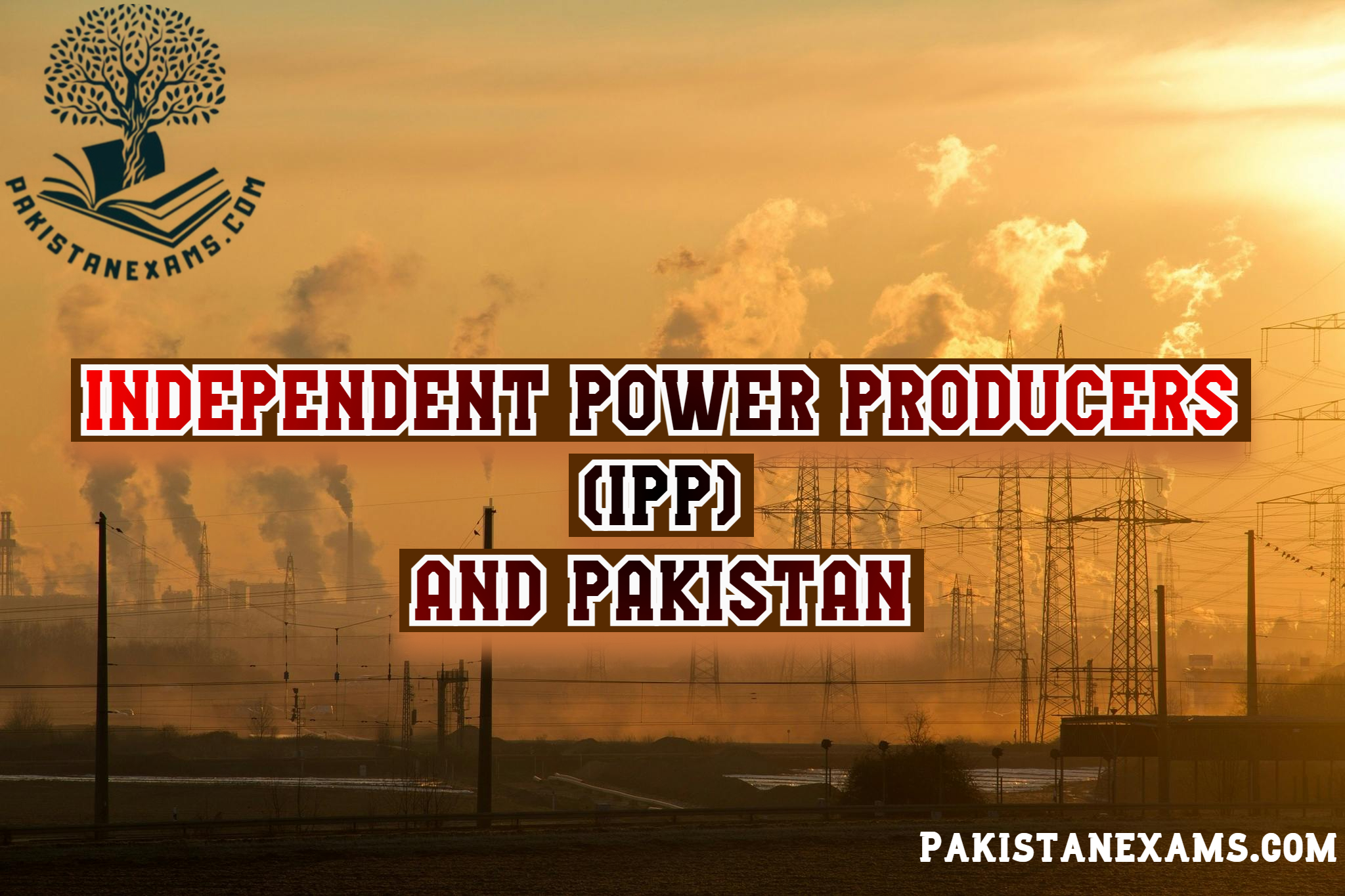
What is IPPs?
In Pakistan, Independent Power Producers (IPPs) refer to privately owned companies that generate electricity and sell it to the national grid or other consumers. These companies operate independently from the government and play a significant role in the country’s energy sector by supplementing the power generated by public utilities. IPPs were introduced in 1994 during the second era of ex-Prime Minister Benazir Bhutto.
Role and Importance of IPPs:
- Electricity Generation: IPPs contribute a significant portion of Pakistan’s electricity generation, helping to meet the country’s energy demands. They utilize a variety of energy sources, including thermal (natural gas, oil, coal), hydroelectric, and renewable sources (wind, solar).
- Private Investment: IPPs attract private investment into the energy sector, reducing the financial burden on the government and promoting economic growth. They also bring in expertise and advanced technology. In the beginning, the companies brought foreign direct Investment (FDI) into the country, which boosted the economy of the state.
Regulatory Framework:
- NEPRA: The National Electric Power Regulatory Authority (NEPRA) is the regulatory body, it was introduced in 1997, and it oversees the electricity sector in Pakistan. NEPRA issues licenses to IPPs, sets tariffs, and ensures compliance with regulations.
- Power Purchase Agreements (PPAs): IPPs typically enter into long-term Power Purchase Agreements with government-owned entities like the Central Power Purchasing Agency (CPPA) or the National Transmission and Despatch Company (NTDC). These agreements specify the terms, conditions, and prices for the sale of electricity.
Installed capacity:
According to the Pakistan Economic Survey 2021-22, the installed electricity generation capacity reached 41,557 MW in 2022. In which 59 percent are generated from thermal, 25 percent from hydro systems, 7 percent from renewable, and 9 percent are produced by nuclear power plants. The maximum total demand coming from residential and industrial estates stands at nearly 31,000 MW, whereas the transmission and distribution capacity is stalled at approximately 22,000 MW. This leads to a deficit of about 9,000 MW when the demand peaks. The deficit of 9000 MW came due to the poor transmission lines and lack of a management system.
What are the Problems?
The Power Generation Policy in 1994 marked the beginning of the IPPs era. The policy was created in an environment where there was no regulatory authority like NEPRA (National Electric Power Regulatory Authority), which resulted in many loopholes, including dollar payments to IPPs that benefit the investors at the expense of the national interest. The “Take or Pay” clauses in the policy ensured capacity payment for IPPs, guaranteeing their revenue regardless of actual electricity demand
Moreover, focusing on Hydropower potential through storage reservoirs and run-of-the-river power projects, we politicized hydel projects and favored thermal power plants. This strategic approach ignored the interests of the oil and gas-bearing country. Political governments opt for Independent Power Producers (IPPs) to invest in thermal projects that can be completed quickly due to the increasing demand, which is driven by electoral processes. Bureaucracy and political interference led to a “take or Pay” approach, with fraudulent contracts often involving profit and power, supported by authoritarianism and international arbitration.
Similarly, the government of Pakistan is bound to pay the full charges to the IPPs, whether they are generating electricity or not. For example, if the company is producing 2000 MW of electricity and the government has signed for 5000 MW, then the government will have to pay completely for the 5000 MWs not as they are generating 2000 MWs, in this the government is paying extra for 3000 MWs which even did not produce.
According to the Economic Survey of Pakistan 2022-23, the government of Pakistan paid Rs. 1.93 Trillion to IPPs in the last fiscal year, including Rs. 46 Billion to two IPPs that did not even produce 1 MW electricity.
How to Improve this sector?
Need for comprehensive reforms:
- To address the issues in Pakistan’s power sector, a comprehensive vision and integrated planning approach are required to minimize power costs and circular debt.
- Renegotiating power purchase agreements (PPAs) with well-equipped IPPs is a crucial step on the generation front.
- This renegotiation should be based on an evaluation by the management to determine the excess,
- Old and unprofitable buildings should be terminated after the contract is completed, and the new ones should be renegotiated Current PA, including credit extension.
- Efforts should be made to terminate contracts with diesel-related IPPs and RFOs.
- TandD infections should be reduced significantly. Transmission losses should be reduced from 2-3% to 1% and distribution losses from 15% to 5%.
- Changes to transmission lines and improved management of theft at the distribution level are necessary.
- The government must provide assistance to law enforcement and intelligence agencies in managing theft losses.
- Renewable energy sources, including wind and solar, must overcome power outages caused by grid constraints through the use of batteries and clean storage solutions.
- Additionally, separate dollar expenditures and distinct dollar rates must be established for every energy policy.
- A preliminary cost assessment is required for all IPPs, and expenses should be adjusted in accordance with the results.
- One should make sure that the coal-fired power plants imported are all converted to Thar coal and that they are connected to the main rail network of the country from the mining areas.
- In addition, the consolidation of discotheques and the transition of the energy sector from a single-sale market to a competitive multi-sale market will increase efficiency and competition.

